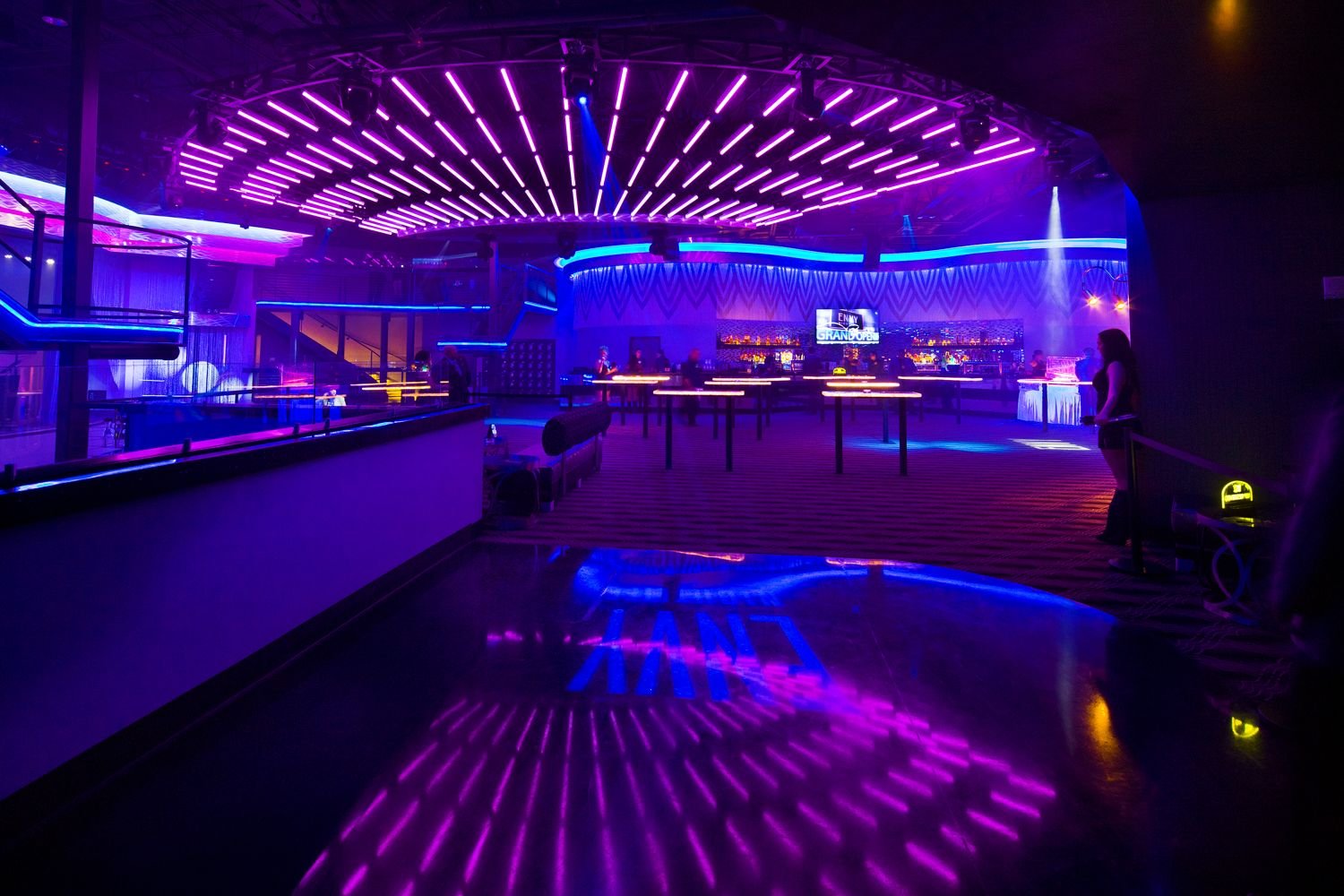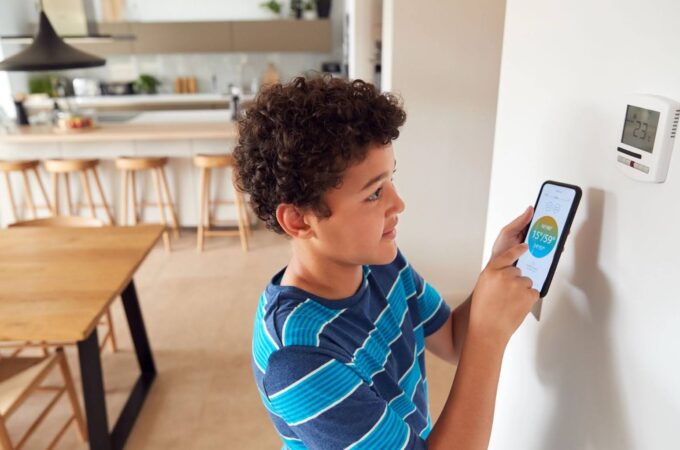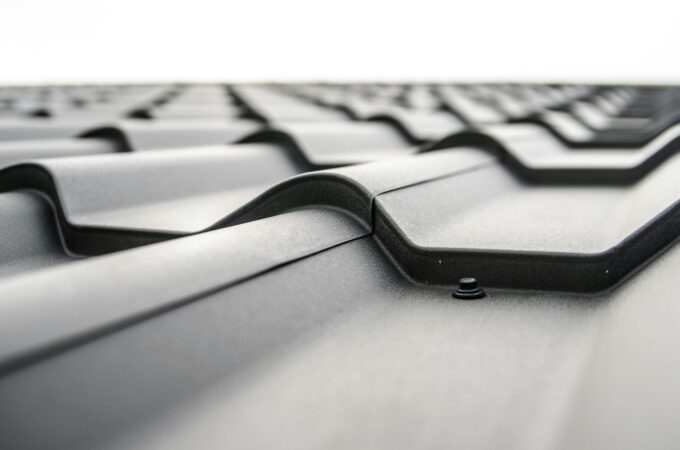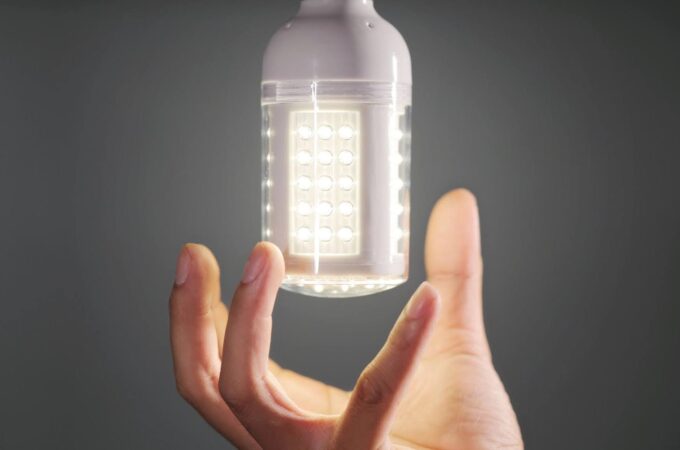
The Limitless Use LED Strip Lights
LED strip lights are an endless resource of interior design concepts due to their vast array of applications. Although Rope Lights currently existed with incandescent light bulbs, their usage and functions can rarely be contrasted to LEDs’ regardless of their resemblance in looks. While rope lights are exclusively for decor, and also have a 360 ° beam of light angle – so they brighten their whole environments – LED strips can be made use of for task illumination too or tightened up on flat surface areas brightening to one direction.
The many benefits of led tape lights themselves, such as incredibly reduced power intake, very long-life expectancy, eco-friendliness, longevity, and also the reduced expense of maintenance, LED strip lights are readily available with such luster that can even replace a 60W halogen light. This takes us to the two categories of LED strip lights we need to discuss: ultra-intense strip lights for task illumination and also LED lights for decor.
LED strips for task or strong regional lights are the best replacement for fluorescent tubes to begin. LED strings are available in tube forms now also, however, if you are not merely changing an existing fluorescent tube but prefer to hide the source of light, you have found a suitable answer. Strip lights – unlike fluorescent tubes – can also be lowered, and the beam of light originating from a resource can be enhanced by placing greater than one line alongside each other. An excellent method is to make use of smaller sized pieces of strip lights put next to each other. Task light LED strips are typically used in kitchens for lighting worktops, providing light throughout the worktop.
Strip lights are lovely resources of any extra light, nearby the table, or within reach of kids. From a security point of view, the strips are optimal because they run at reduced voltage, and they are likewise offered with silicone covering and a high IP rating, shielding them from water.
Dimmable task illumination is desirable in various areas where we would like to include some extra bright resources of diffused light.
Right here are a few locations where their usage is normal: edges of furniture, behind specific furniture, within enlightening closet shelves, around mirrors (even in the shower room, where lights require a high IP ranking), along staircases or ramps of stairs, and so on.
The great use of light in interior design can function miracles in a home, as it typically broadens areas, or with a good focus of light in a vast space, it makes it feel cozier. Entrance and hallway areas, which are generally slim, can use such extra resources of light, let that be a more robust job light illuminating an object or a smaller space, or a history light running along the entire area near the bottom or top of the ceiling.
Strip lights are likewise suitable accent lights services around your home. They are most commonly applied in the cooking area, placed behind the cupboards or under the worktop. Light facing upwards under a glass coffee table, a couch, or moldings develop a brand-new atmosphere to your residence. A completely new variety of ambiance can exist in your home if you utilize colored lights. With the introduction of RGB modern technology with LEDs, shades can be transformed progressively and used in a variety.
Things to Take Into Consideration When Acquiring LED Tape
As there are great deals of various kinds of LED Tape, it is worth ensuring the type you acquire satisfies your job requirements. There are a few things worth considering, every one of which are outlined listed below:

Shade
LED Tape is available in two primary ranges; single color and color transforming RGB. The different color tape is readily available in Warm White and Cool White, which we describe as “color temperature levels.” Color temperatures are specific shades of white and also are relatively typical throughout the illumination sector. Warm white is a soft, brownish-yellow tinted light, while great white is a bright, daylight-like shade.
Color Transforming RGB is more advanced and permits an individual to create an adjustable feel using a push-button control. The control typically offers 16 static colors and 4 shade transforming settings, with adjustable illumination and also speed setups.
Size
All LED Tape can be reduced to particular sizes, usually at intervals of 5 or 10 cm, relying on the sort of LED Tape. That implies you can send your measurements to your merchant, and they can reduce them for you. Measure the location into which you plan to set up the light as well as send forward these on.
Brightness
With a lot of illuminations to pick one, choosing one suitable for a particular application can be challenging. The lighting of LED Tape is identified by the number of LEDs per meter and the size of the specific LED chips, where more and bigger LEDs cause a brighter light.
While it is feasible to gauge the amount of light produced by LED Tape physically, not everyone is well versed in the language of “lumens.”
To make things less complicated, we separate our tape into three primary classifications: low, tool, and high illumination.
Reduced illumination tape has a relatively small light result. However, it is perfect for lights in encased areas or where not much light is required, such as in a cabinet. Medium illumination is better for developing refined illumination impacts, such as on the bottom of kitchen cabinets or over shelves. High illumination strips are made for applications where the strips may have to take on background illumination while still staying visible.
Dimmable?
While it is feasible to single dim color LED Tape, this cannot be attained utilizing a standard dimmer button. Instead, you will certainly require to use a 12V dimmer button specifically created for LED Tape.
Shade Changing RGB LED Tape generally features a lowering choice as part of its capability.
Power Supply
The power supply, occasionally called the LED Driver, is a unique device that matches its outcome to the voltage and present needs of the LED Tape (12V DC). Without it, the tape will not function.
Selecting a power supply is straightforward. Just increase the electrical power per meter by the variety of meters of tape you are making use of, and also, this will give you the “lots” of the lights. Your power supply should be adequately big to handle these “tons.”.
Waterproofing?
IP Rated finishes use varying levels of security versus moisture and heavy items, such as dust and dirt. These usually can be found in the form of an IP65 layer, which offers “splash proof” security. However, it does not make them suitable for full submersion.
Whether you need an IP coating truly depends on where you are utilizing your strips. If you plan to use them in the kitchen area, washroom, or outdoors, then it is suggested.
The Advantages and disadvantages of LED Lights.

The lighting sector landscape has been undergoing instead of a renaissance of late. The power guzzling incandescent bulb, which has been around since the late 19th century, has been supplemented by a whole host of economical as well as energy-conserving options as part of increasing stress to go after a greener and new eco-friendly political schedule. The primary of these if the Compact Fluorescent Light (CFL), which is essentially a miniaturized version of the hideous fluorescent tubes that await offices.
LED or Strong State Lighting (SSL) is still a relatively young innovation, in contrast. While Light Producing Diodes (LEDs) have been around since the 1960s, it wasn’t until the early 21st century that a commercially viable halogen/incandescent substitute was made.
Prototypes showed much of the shortcomings commonly connected with CFLs, such as cool, unappealing light, but as time has progressed, a number of the folds have been straightened out. Now LED Lights are on the edge of transforming the illumination industry. Here are just a couple of reasons:
Energy Efficient.
LEDs are much more reliable and also utilize less energy than halogen as well as incandescent bulbs.
The efficiency of a bulb is computed by something called their “lumen to watt” (lmW) ratio, which tells us how much power they are exchanging light and also just how little is being lost as heat. The lmW of LEDs is much more than standard bulbs, with less energy needed to create the same amount of light as an incandescent or halogen light bulb. This makes them more inexpensive and decreases their effect on the atmosphere.
Longer Lasting
The average life span of an LED is about 50,000 hours. You might find that some producers or sellers overemphasize this figure, estimating 70,000 hours, while others might underplay, pricing quote 30,000 hours. All you need to understand is that LEDs last considerably longer than either incandescent bulbs or compact fluorescent lights. This higher life span helps in reducing the expense of replacement and assists our atmosphere.
Temperature
This ties back right into our earlier factor regarding energy effectiveness. As currently described, LEDs transform even more power into light and produce much less warmth. As making them cost-effective and ecologically friendly, this also makes them much cooler. It is untruthful to claim, as some merchants do that LEDs create no warmth, yet they do not end up being nearly as hot as halogen bulbs. The intense heat generated by filament-based bulbs can leave burn marks on pricey fixtures and create the lamps to “explode,” making them a possible fire danger. Even after prolonged usage, an LED must be impressive sufficient to deal with.
Versatility
The elements inside LED Bulbs can be made to a lot smaller sized specs than filament or vacuum-based light sources. This makes them a great deal more adaptable as well as you will already have the ability to find LED Bulbs in all the most common light bulb formats, consisting of GU10, MR16, B22 as well as E27. You will certainly also discover them in some layouts that are special to LED alone, such as flexible LED Tape.
Currently, this would not indeed be a neutral analysis if we did not deal with a minimum of one “disadvantage” associated with LED Lights. One of the most noteworthy is the price.
Cost
The upfront price of LED Illumination is, presently, much more than various other types of lighting. While it is elementary to see this as a downside, it has to be remembered that the light bulb’s acquisition rate is returned over time in the form of electricity savings and fewer replacements. According to VantagePoint Resources Partners, the cost of LED should visit 2015 as the demand for environment-friendly innovation increases, and even the variety of competitors rises.




